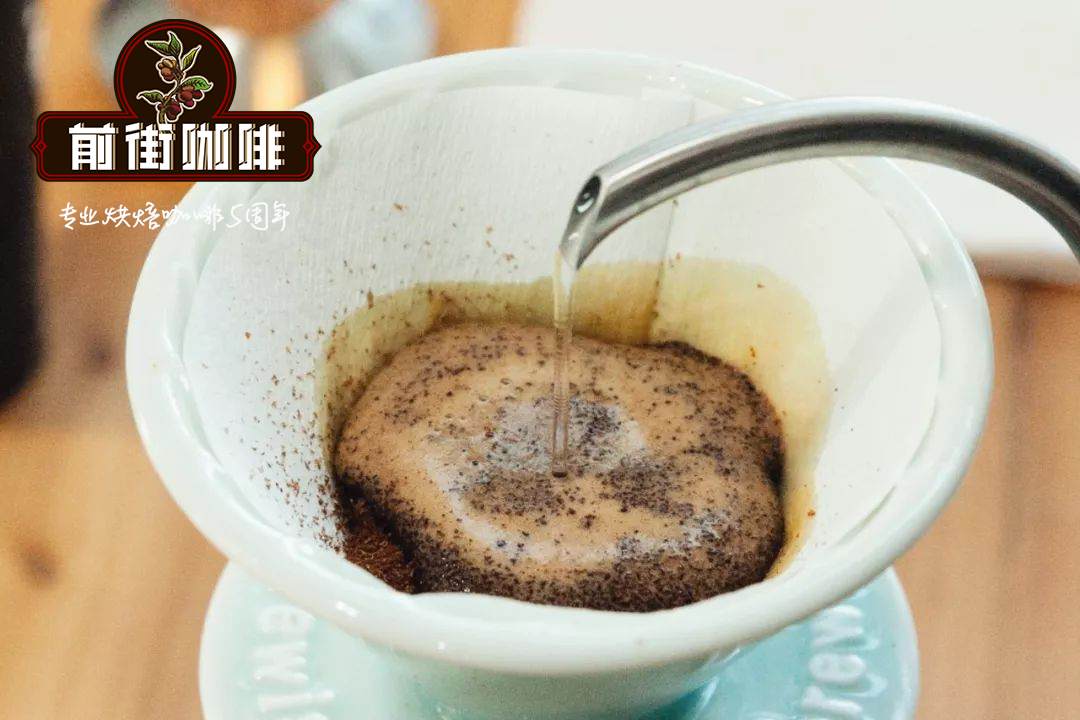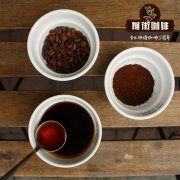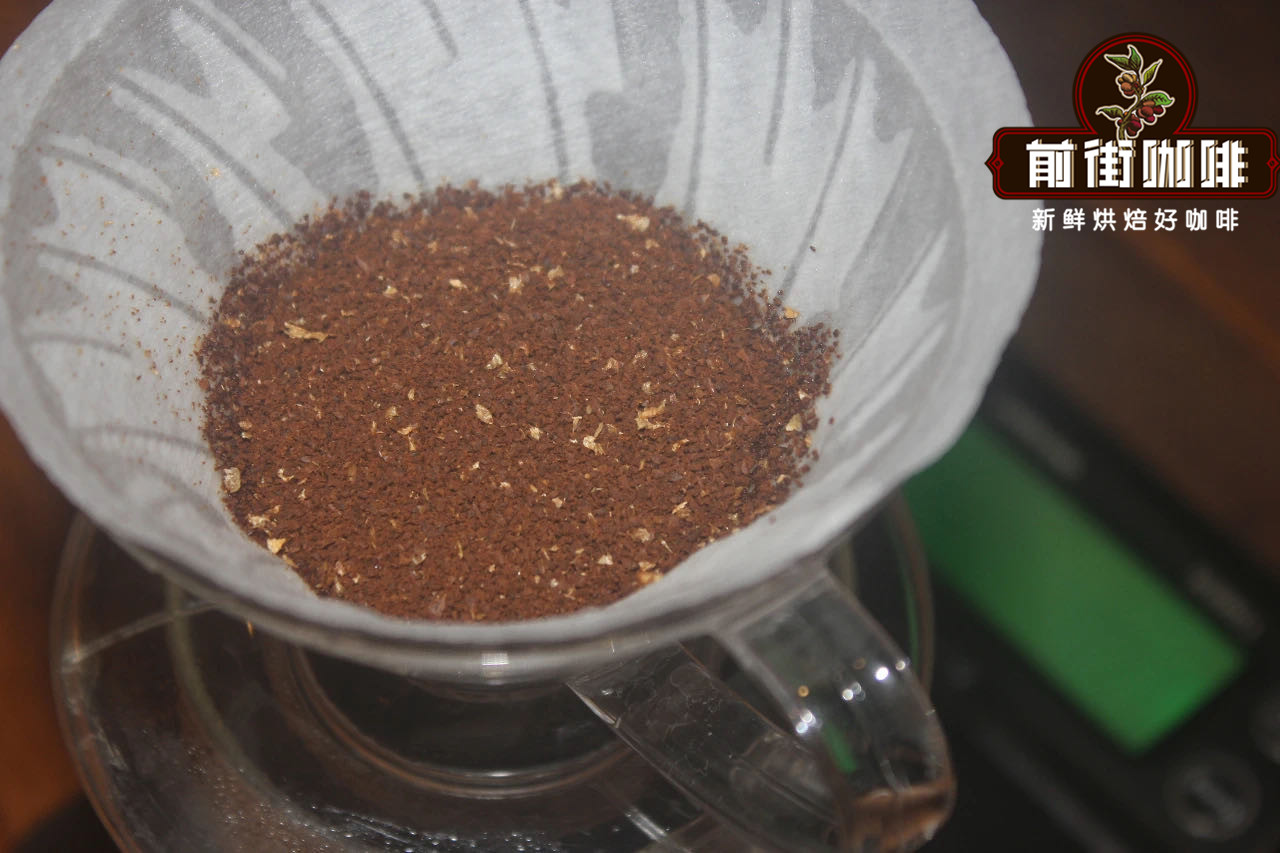Which is better for coffee filter paper brands: Kalita, Hario, mola, kono or bonavita?

Professional coffee knowledge exchange more coffee bean information please follow the coffee workshop (Wechat official account cafe_style)
I have used Kalita, Hario, a hundred sheets of large packaging hand-washed filter paper from unknown Japanese brands.
The price difference of these brands of filter paper is not small.
Kalita is the most expensive. 40-piece boxes are 10 yuan more expensive than hario.
The average filter paper is about 1.1 yuan.
It doesn't feel much different when it comes to rushing.
But the filter paper of that unknown brand does not fit well with the Kalita plastic filter cup.
Size is a little bigger.
And the speed of dripping filtration is also a little slower.
At present, the cheapest is the filter paper imported by costco from Canada.
The average one is more than 0.38 yuan, which is really cheap.
But you have to buy four boxes of 400 at a time-- I don't know how many years it will take to use it up--
I wonder if you have compared the differences of different kinds of hand filter paper?
If the flow rate of the filter paper is slow, it means that the coffee has been soaked in the filter paper for a long time, then it is necessary to adjust the brewing method.
There is no absolute taste good or not, some people are more accustomed to fast flow rate, while others are not.
Flavor comparison of 11 kinds of conical hand-punching filter paper in history
Experimental conditions:
During the test, G2 was washed with the same batch of Ethiopian Sidamo water, baked on November 1 and placed in Kaifeng for 4 days. All the coffee beans used in this experiment came from this. The indoor temperature is kept at 25 degrees Celsius with air conditioning (my own most comfortable temperature). The water for washing and cooking is 106PPM, and the PH value is 7.8.
The following is our experimental equipment:
Filter paper family photo
The steps of the experiment:
1) before the experiment, we asked our testers to carry out a cup test on the same bean, and the cup grinding degree was corrected by a standard sieve. The purpose of this cup test is to give testers a general understanding of the use of beans, as well as a comparative correction of subsequent scores.
Note: in the cup test, we simplify the coffee to: flavor, acidity, body, sweetness, integrity. There are five evaluation latitudes, of which the integrity includes two aspects: reflecting the integrity of coffee bean flavor and returning to sweet. Any situation that is better or less than the cup test can affect the integrity. This score does not represent the pros and cons of coffee beans, only as a comparative reference, this will be written in detail later.
2) 11 kinds of filter paper, each type is cooked once in order, complete one group, make 3 groups altogether, total 33 samples, record the cooking time and liquid output, and transfer to the cup test bowl to let the tester carry on the test score.
3) the TDS data of each sample is tested, and each sample is tested 3 times to ensure accuracy. If one of the test data is inconsistent, the same two times shall prevail, and if the three times are different, the test will be retested (fortunately, this did not happen).
Our TDS immortal beast
Cooking steps:
1) weigh 18g coffee beans before each cooking, grind them with Ditting bean grinder (no adjustment to the bean mill during the experiment), knock the powder twice, and keep the powder within 18 plus or minus 0.1g.
2) bonavita temperature control pot plus No. 5 throttle valve, fixed temperature 91 degrees Celsius.
3) use harioV60-01 filter cup for brewing.
4) soak the filter paper, drain it and then cook it.
5) pour in 18g coffee powder.
6) 40 g steam for 30 seconds.
7) start water injection in 30 seconds until 100 g water is filled, start water injection in 1 minute until full 200 g water, start the third water injection in 2 minutes until full 300 g water, end of water injection. Try to ensure that the powder bed is even and flat by water injection.
8) drain the water completely and remove the filter cup.
Note: during water injection, due to the installation of No. 5 throttle valve, the method of maximum flow uncontrolled water is used to avoid instability caused by water control as far as possible. And try to be close to the liquid level, so as to avoid the difference caused by different water injection height. Turn quickly to reduce the speed difference when turning slowly.
Introduction of 11 kinds of tapered filter paper
HarioVCF-01-40W Hario bleached version, the texture is relatively soft, there is no obvious smell of paper, but there are more pirated copies on the market, big babies remember to pay attention when buying. 0.6-0.8g/ sheet
HarioVCF-01-40W Hario unbleached version, is also a softer filter paper, there is no obvious smell of paper, but I smell the smell is a little different from the bleached version of the smell, do not ask me what is the smell, I am such a sensitive person. 0.8-0.9g/ sheet
KonoMD-25, a popular filter paper used in more coffee shops, is colorless and tasteless, slightly stronger than hario. 0.9-1g/ sheet
KonoMD-25, the same model as above, but this is an unbleached version, a little harder than the bleached version, and with a faint smell of paper. 9-1g/ sheet, konoMD-26c, cotton material, the texture is very hard, the filter paper is very smooth, I do not know why with a little fragrance. 1.2-1.3g/ Zhang
Mola bleached filter paper, colorless and tasteless, legend is looking for Sanyo factory OEM, and kono use the same machine made, I do not know whether it is true or false, but the texture is close, cost-effective is true, anyway, then look at the data. 0.9-1g/ sheet
The mola has no bleached version and has no obvious taste. It is soft to the touch, and the others are similar to the bleached version above. 0.9-1g/ sheet
Mola linen filter paper, a little harder than the other two filter papers, has no obvious taste, and somehow has a fresh smell. 0.8-0.9g/ sheet
KintoSLOWstyle, the texture is hard, feels thicker, the texture is thick, is also the cotton filter paper, also has the special aroma. 1.1-1.2g/ sheet
The national brand bonavita has no obvious paper smell, but it is very hard and the texture is sparse. It feels like exercise paper. 1-1.2g/ sheet
Kanazawa cotton filter paper, the last cotton filter paper, still has a delicate fragrance, but it has a lighter taste and lighter texture than the first two cotton filter papers, and belongs to the medium hard category. 1.2-1.3g/ Zhang
Flavor comparison of 11 kinds of conical filter paper
Photo: PTN retired baristas activity Center
In this experiment, we brewed each of the 11 filter papers in order, and the 11 ended in a group of three, with a total of 33 cups of coffee to be tested.
In this experiment, we brewed each of the 11 filter papers in order, and the 11 ended in a group, with a total of three groups, that is, excluding the operation errors, there were a total of 33 cups of coffee to be tested. We first tested their TDS. Each bubble was cooled to 25 degrees Celsius at room temperature, and then sampled and tested for 3 times. Let's take a look at a more intuitive bar chart to compare it.
It is obvious that, except for the initial inversion of mola unbleached filter paper, the concentration difference caused by each filter paper is not very large (but there is also an observable difference), but relatively, the difference in extraction rate caused by them is more obvious. (of course, the big babies should obviously see that the extraction of the third group is significantly lower than that of the other two groups, because in the end, even if the throttle valve is used, it will have a greater impact if you pour the hand pot as much as possible. of course, it can also reduce the error caused by the side, so the third group generally ends faster.)
Summary:
We simplify the evaluation of a coffee into five dimensions: flavor, acidity, body, sweetness and integrity, in which integrity includes two factors: whether the flavor of the coffee bean is complete or not. In each evaluation item, the lowest score is 5 points, and every 0.5 points is given as a grade. Before testing the coffee brewed with filter paper samples, we will use the cup test to test the same coffee bean as a correction of the score, and we will set the performance of the coffee in the above five dimensions as 3 points. The sample made from the filter paper sample will be used as a reference to give the score.
(note: the scoring system we use in this experiment is completely developed for filter paper experiments, which is not a commonly used international scoring standard, nor does it represent the scores that specific coffee beans or filter paper can show, but only as a reference for comparison.)
Blue column: total score orange column: average score
Photo: PTN retired baristas activity Center
It's not difficult to make a cup of drip coffee, but it's not easy to make a good cup of drip coffee. Like espresso, there are many variables you need to grasp. Filter paper is a variable. For example, water quality, water injection, drip rate time, coffee grinding degree, etc., you need to grasp each variable, constantly adjust, and finally find the kind of experience you need for your taste buds.
We like KONO coffee filter paper trickling hand filter paper best in our cafe, as long as it is a conical filter cup, no matter it is Hario V60 filter cup or KONO filter cup can be used, and the KONO filter paper imported from Japan is medium, neither thin nor thick, strong in filtration, and ideal for water injection and filter cup fit.
This article is original and authorized by the official account of Wechat [PTN retired baristas activity Center].
Important Notice :
前街咖啡 FrontStreet Coffee has moved to new addredd:
FrontStreet Coffee Address: 315,Donghua East Road,GuangZhou
Tel:020 38364473
- Prev

The history of Merita filter cup what kind of coffee beans does Merita fit for Starbucks hand flushing equipment?
Professional coffee knowledge exchange more coffee bean information please follow the coffee workshop (Wechat official account cafe_style) in the current curry market popularity and acceptance of espresso. However, the rise of the boutique coffee market has undoubtedly led to a shift in public attention to a more diversified way of brewing coffee. Among them, the most important thing that can not be ignored is the emergence of coffee culture.
- Next

Standard scale of hand-made coffee powder how to determine the grindability of hand-made coffee beans
Professional coffee knowledge exchange more coffee bean information please follow the coffee workshop (Wechat official account cafe_style). The extraction efficiency of hand-punching powder: the same thickness of hand-grinding powder also affects the extraction rate, the extraction rate of powder is higher than that of fine powder, and the coarse powder leads to the extraction rate.
Related
- What is the Philharmonic pressure? How to use Philharmonic pressure to make delicious coffee
- Why does a hand grinder have more fine powder than an electric grinder?
- In addition to the hot mom, what is the difference between the versions of EK43 | ditting and Mahdi ek43?
- What kind of equipment do you need to make coffee by hand? Introduction to novice starter cooking equipment tools
- Espresso needs to be ground how thick and thin scale entry Italian Coffee Machine Bean Grinder investigation and Grinding course
- How much does it cost to open a small private cafe? How much does it cost to learn coffee? How to operate it?
- The difference between the flavor characteristics of hand-brewed coffee and coffee maker is hand-brewed coffee really better than coffee maker? Can I use a coffee machine to make coffee beans by hand?
- The difference between 01 and 02 of hario v60 filter cup what is the difference between 01 and 02 filter cup opening and cooking flavor
- What's the difference between the smart cup and the French kettle? Which is better, the French kettle or the Smart Cup?
- What's the difference between a smart cup and a V60 filter cup? The difference between the taste of smart cup and hand-brewed coffee

